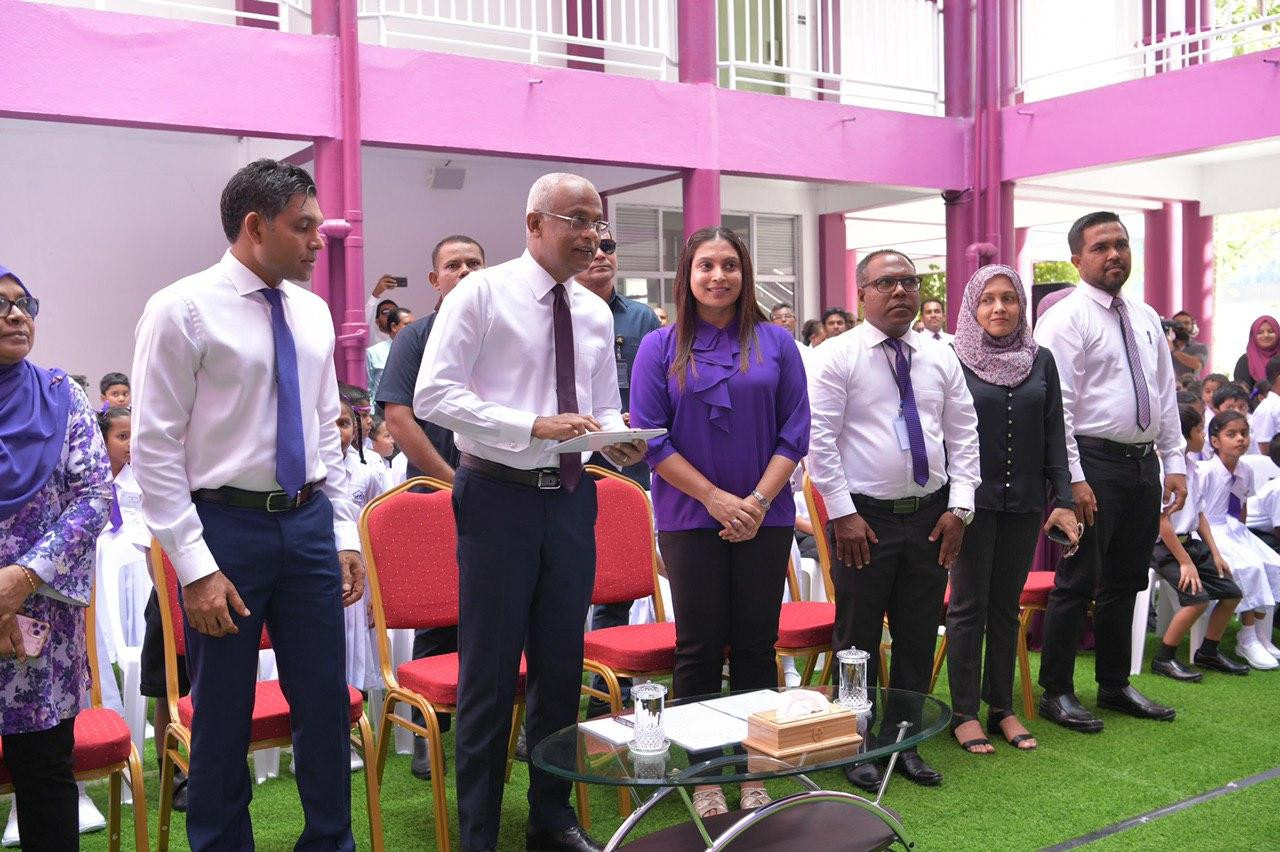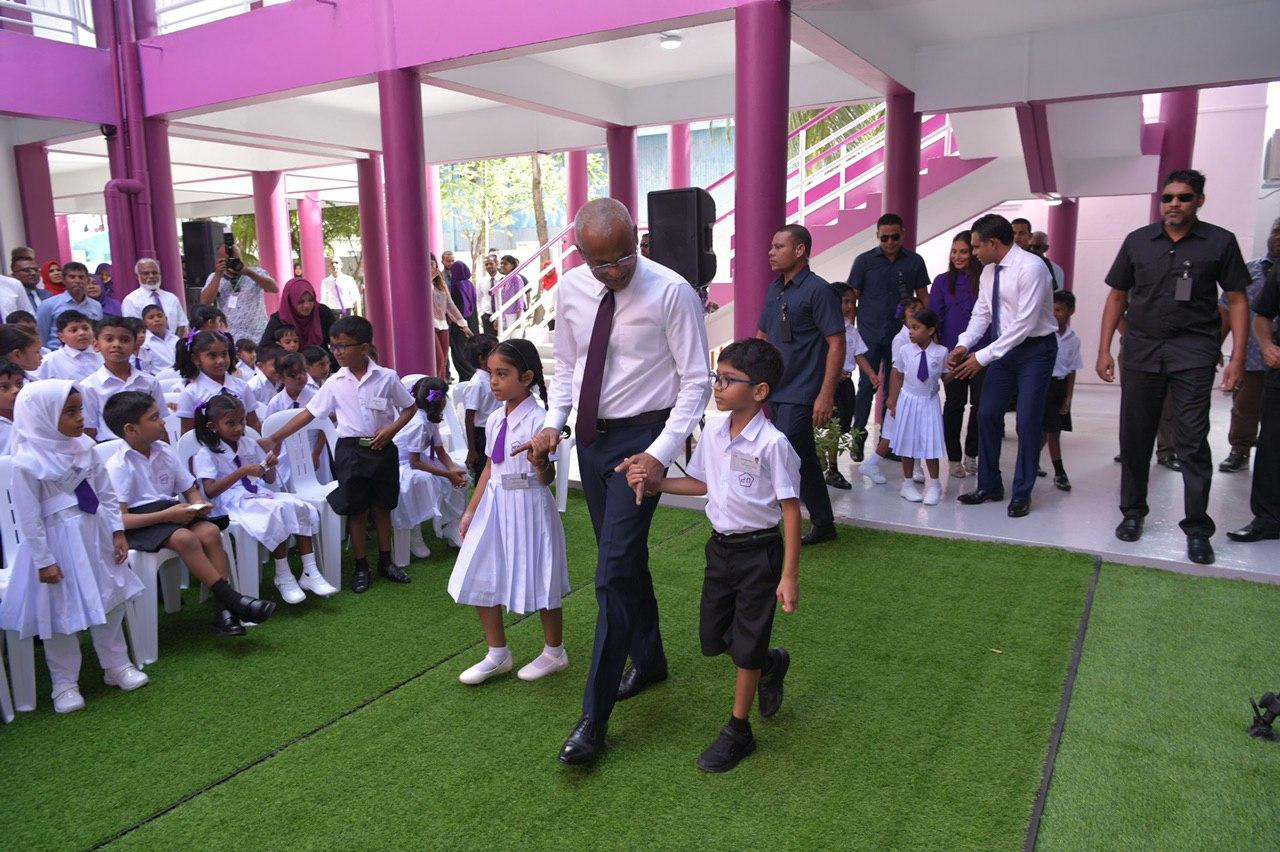

How Educated is Maldives?
Sunday 12th of January 2020
How Educated is Maldives?
When UNICEF first arrived in the Maldives, only 15% of children were enrolled in primary school. Today, that number has skyrocketed to over 96 percent, according to the Ministry of Education.
Since education is now seen as a human right in the country, the government provides free schooling for every child up to grade 12. Yet, the quality of education is still a concern throughout the Maldives, and many lack access to higher secondary education.
As islands are scattered across the ocean, the improved national school curriculum is difficult to implement and monitor. Studies have shown that students in certain atolls, such as Laamu in the south of the country, perform lower than others, illustrating a geographical divide in school performance and educational quality.
Though many teaching and learning materials are available in the classroom, some teachers continue to encourage students to memorize instead of comprehending and critical thinking.

Education for children with disabilities has increased from 52 schools in 2014 to 178 schools in 2018. However, widespread social norms have continued to create high barriers for disabled children, as many parents assume those with a disability do not belong in the classroom.
In order to improve the education system in Maldives UNICEF worked with the Ministry of Education and launched Maldives Education Management Information System (MEMIS) that tracks educational achievement.